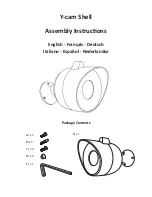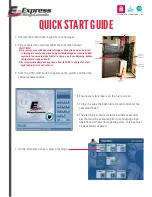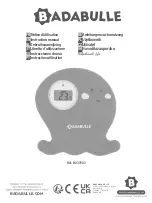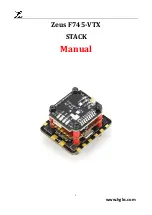
Copyright 2010 Baker Hughes Company.
English–TERPS Instruction Manual | 5
Connection and detachment of sensors from the mains supplying the pressure of the medium to
be measured must be done after the shutoff valve is closed from the process and the pressure in
the working chamber is made equal to atmospheric.
The connecting pipes must have a one-way slope (not less than 1:10) from the pressure collection
point up to the sensor, if the medium to be measured is gas, and down to the sensor if the medium
is liquid. If this is not possible, when measuring gas pressure at the lower points of the connecting
lines, it is necessary to install sludge vessels, and when measuring the liquid pressure at the
highest points, install gas collectors.
Selected devices for mounting sensors should be mounted on straight sections, at the maximum
possible distance from pumps, locking devices, elbows, expansion joints and other hydraulic
devices. It is especially not recommended to install sensors in front of the shut-off device if the
medium to be measured is liquid. If there are water hammer effects in the system, it is
recommended to use a sensor complete with a hydraulic shock dampener.
To reduce the temperature acting on the isolation diaphragm when measuring vapor pressure, it
is recommended to use impulse tubes. The impulse tube must first be filled with water.
Attach the equipment in a safe configuration that prevents unwanted stress (vibration, physical
impact, shock, mechanical and thermal stresses). Do not install the equipment where it can be
damaged by a material that causes corrosion. Provide additional protection for the equipment if
it may be damaged in service.
When installing power supply and signal wiring, the possibility of condensate entering the sensor
cable entry should be avoided.
3.3 Connecting to a Pressure Source
When mounting the sensor, seal the mating surfaces. Failure to properly seal may affect
performance or calibration accuracy.
Male threaded pressure connectors must not be sealed or constrained against the face at the
base of the thread. The forward cone or flat face should always be used as indicated below.
Depth versions should not be used at hyperbaric pressures above 70
bar (1000
psi),
approximately 700
m (2300
ft) of water.
9
8














































